Curious about electric bikes but not sure where to start? You’re not alone! As e-bikes continue to surge in popularity, many riders have questions about speed capabilities, weight considerations, reliable brands, and potential cost savings through subsidies. In this comprehensive guide, we’ll answer the most common questions to help you navigate the exciting world of electric bikes with confidence!
Electric Bike Speed: How Fast Can You Go?
One of the most common questions we hear at our shop is “How fast does an electric bike go?” The answer depends on several factors, including the bike’s classification, motor power, and local regulations. Let’s break it down!
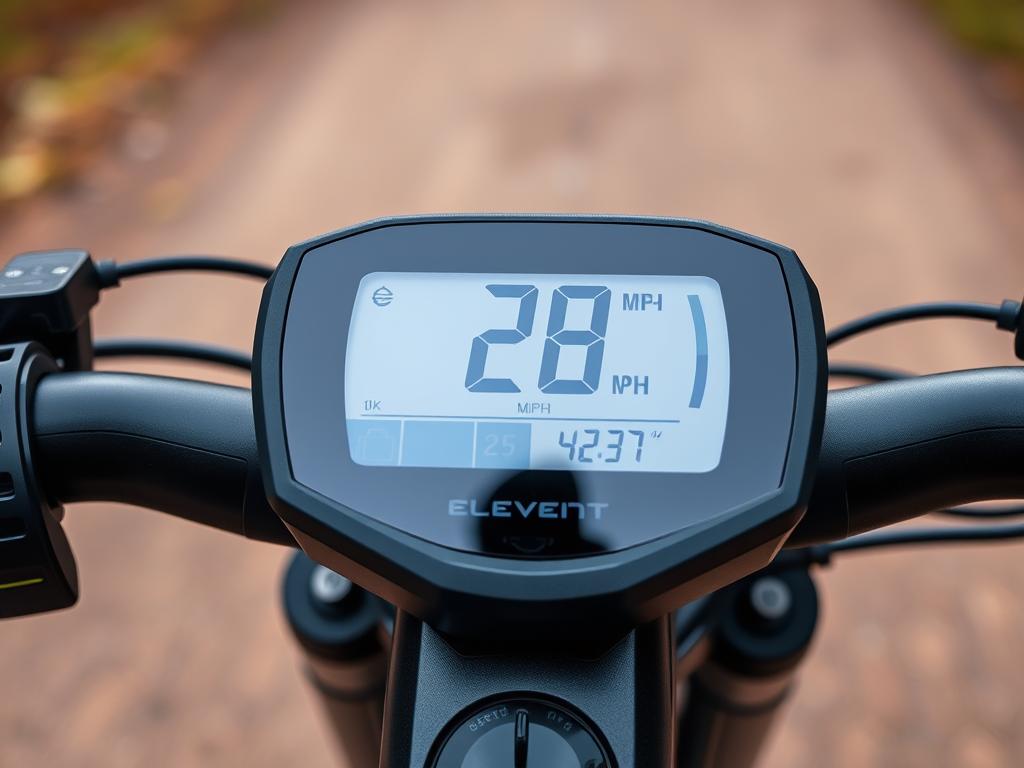
Understanding E-Bike Classifications
In the United States, electric bikes are categorized into three classes, each with different speed capabilities:
| Classification | Maximum Speed | Pedal Assist | Throttle |
| Class 1 | 20 mph | Yes | No |
| Class 2 | 20 mph | Yes | Yes |
| Class 3 | 28 mph | Yes | Varies by state |
Most electric bikes sold in the US are designed to comply with these classifications. The motor provides assistance up to the maximum speed limit, after which you can still go faster, but you’ll be doing all the work yourself—just like on a traditional bike!
Real-World Speed Examples
Here’s what you can expect from different types of electric bikes in real-world conditions:
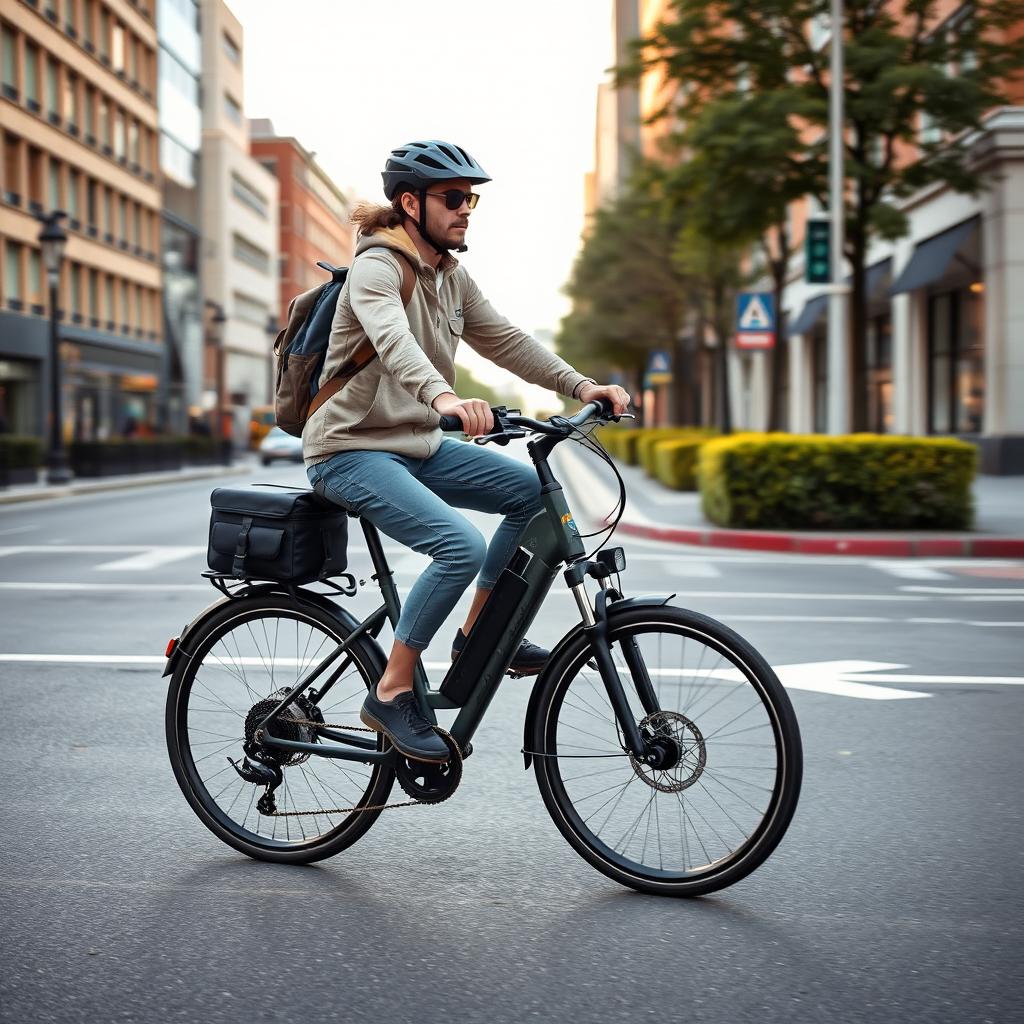
- Commuter E-Bikes: Typically Class 2 or 3, reaching 20-28 mph on flat terrain. Perfect for getting to work without breaking a sweat!
- Mountain E-Bikes: Usually Class 1, with speeds up to 20 mph on trails, but with enhanced torque for climbing steep hills.
- Cargo E-Bikes: Often Class 1 or 2, designed for stability rather than speed, typically maxing out at 20 mph even when loaded with groceries or kids.
- Folding E-Bikes: Mostly Class 2, with speeds up to 20 mph, ideal for multi-modal commuting and storage in small spaces.
Can I modify my e-bike to go faster?
While it’s technically possible to modify an e-bike to exceed its rated speed limit, doing so may:
- Void your warranty
- Create safety hazards
- Make your bike illegal to ride on public roads and paths
- Potentially result in fines or legal issues
We strongly recommend keeping your e-bike within its designed specifications for safety and legal compliance.
Ready to experience the thrill of an electric bike?
Nothing compares to feeling the smooth acceleration and effortless cruising of an e-bike firsthand. Visit our Tampa showroom to test ride our range of Class 1, 2, and 3 electric bikes!
Electric Bike Weight: Finding the Right Balance
Weight is an important consideration when choosing an electric bike, especially if you need to carry it up stairs or lift it onto a bike rack. Let’s explore what makes e-bikes heavier than traditional bikes and look at some of the lightest options available.
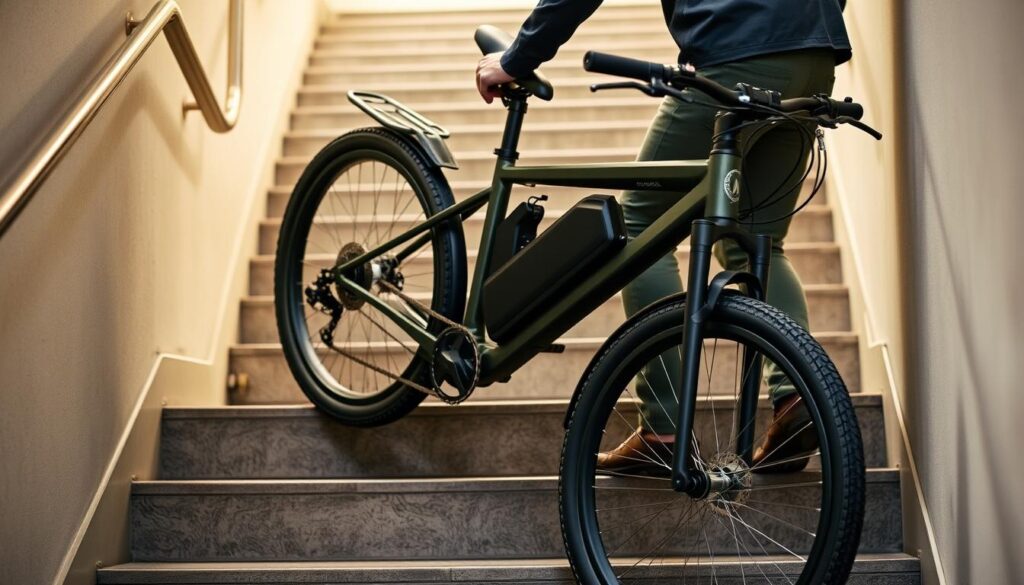
What Affects E-Bike Weight?
- Battery: Typically adds 5-10 pounds depending on capacity (larger range = heavier battery)
- Motor: Hub motors (3-8 pounds) vs. mid-drive motors (6-12 pounds)
- Frame Material: Aluminum (lighter) vs. steel (heavier but more durable)
- Components: Suspension forks, disc brakes, and integrated accessories all add weight
- Tire Size: Fat tires add significant weight compared to standard tires
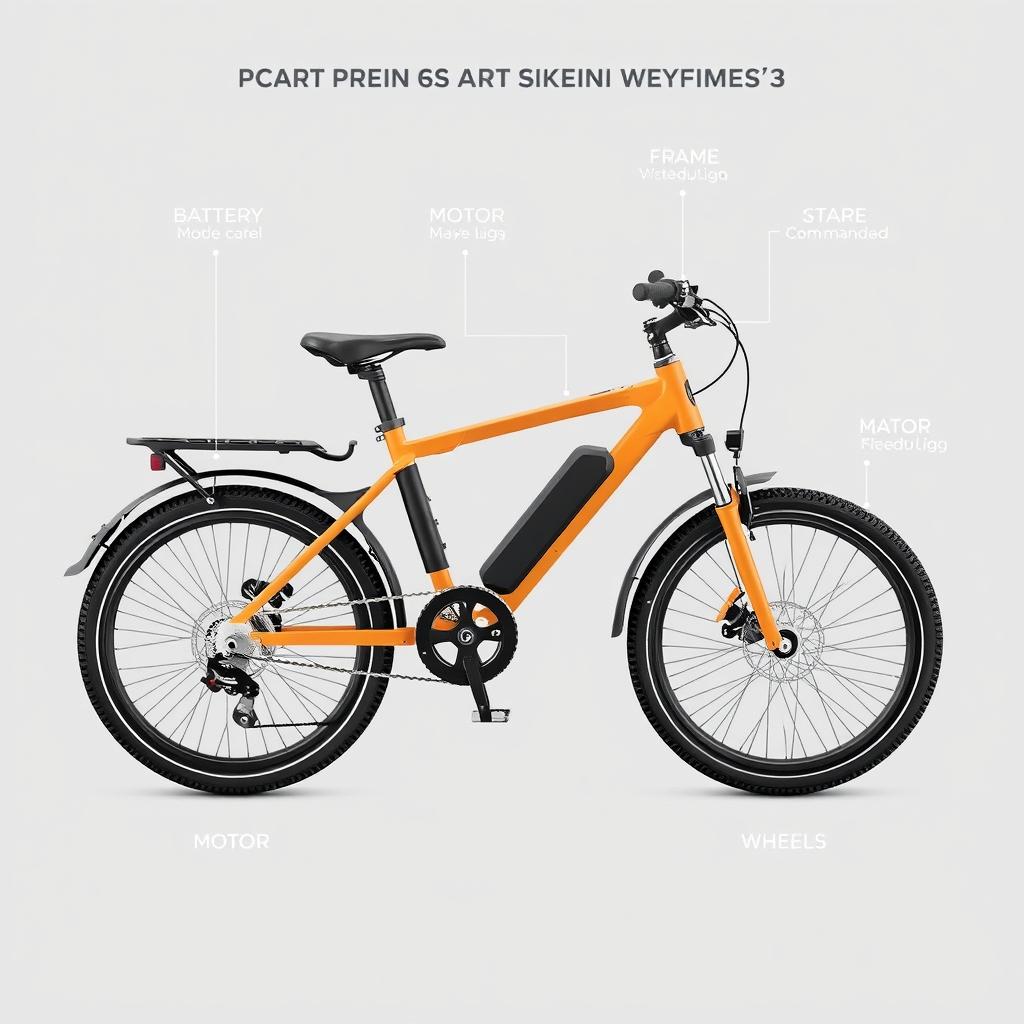
The Lightest Electric Bikes on the Market
If portability is a priority, these lightweight models offer the best balance of performance and manageable weight:
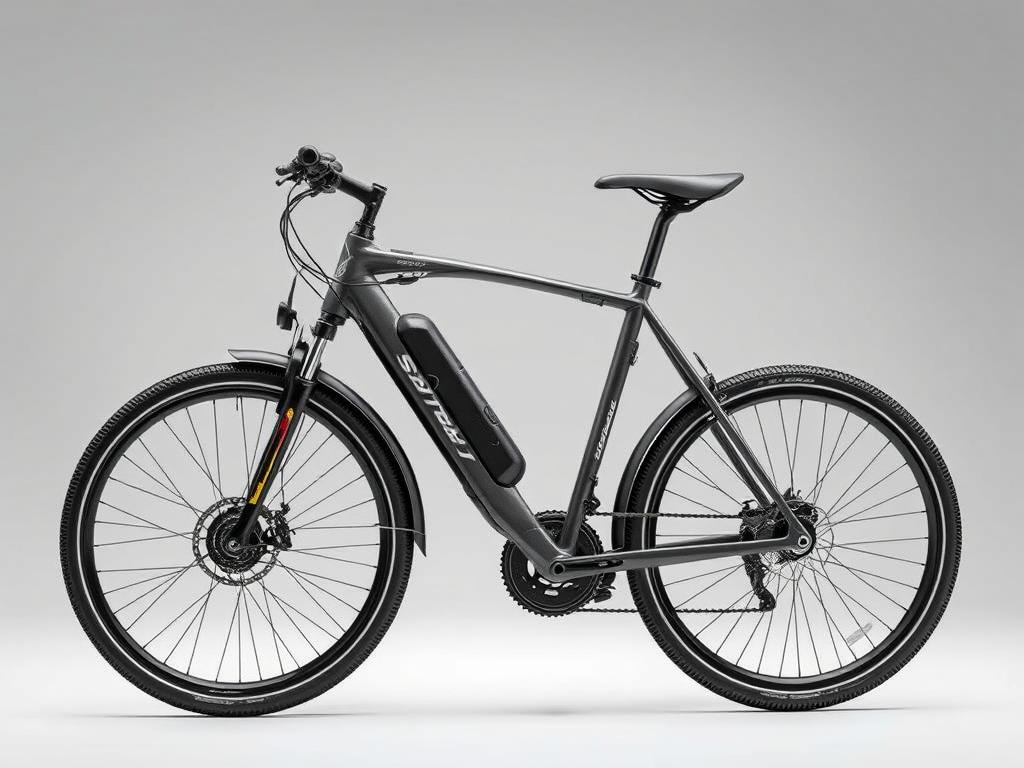
Specialized Turbo Vado SL
33 lbs
Ultra-lightweight with carbon components and a sleek integrated battery design. Offers up to 80 miles of range despite its minimal weight.
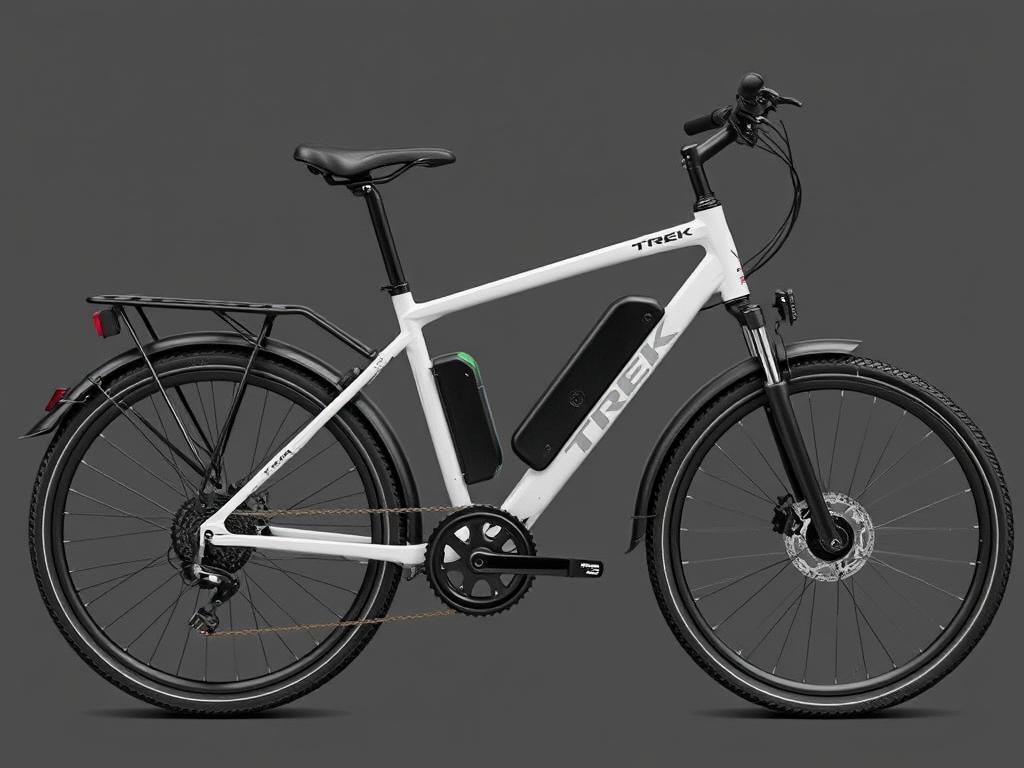
Trek FX+ 2
40 lbs
A lightweight commuter e-bike with a removable integrated battery and responsive handling. Perfect for urban environments.
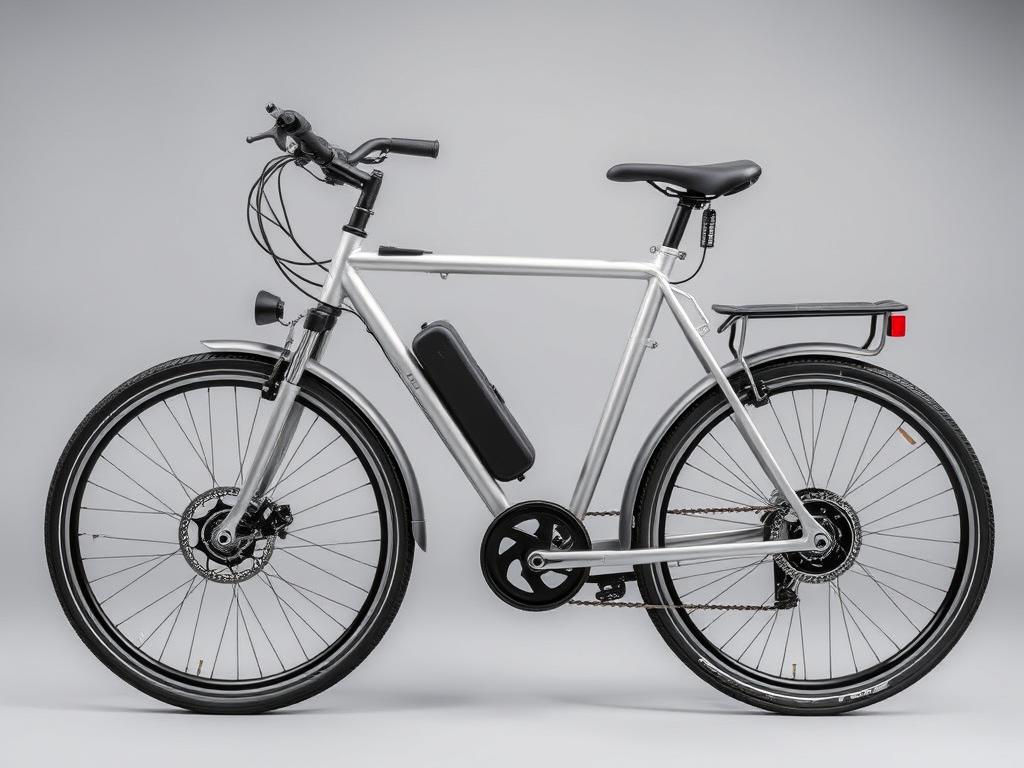
Ribble Hybrid AL e
29 lbs
One of the lightest e-bikes available, with a stealthy design that barely looks electric. Features a rear hub motor and internal battery.
“The best lightweight e-bikes combine smart engineering with strategic component choices. They’re not just about removing weight—they’re about placing it in the right places for optimal balance and handling.”
Benefits of Lightweight E-Bikes
- Easier to carry up stairs or load onto car racks
- More nimble handling and maneuverability
- Less strain on components like brakes and tires
- Can feel more like riding a traditional bike
- Often more energy-efficient, extending battery range
Limitations of Lightweight E-Bikes
- Usually have smaller batteries with less range
- Typically less powerful motors
- May have lower weight capacity limits
- Often more expensive due to premium materials
- Fewer integrated accessories and features
Need help finding the perfect balance?
Weight is just one factor in choosing the right e-bike. Our experts can help you balance weight considerations with your performance needs and riding style!
Electric Bike Brands: Who Makes the Best E-Bikes?
With so many electric bike brands on the market, it can be challenging to know which ones offer the best quality, value, and support. Let’s explore some of the top e-bike manufacturers across different price points and specialties.
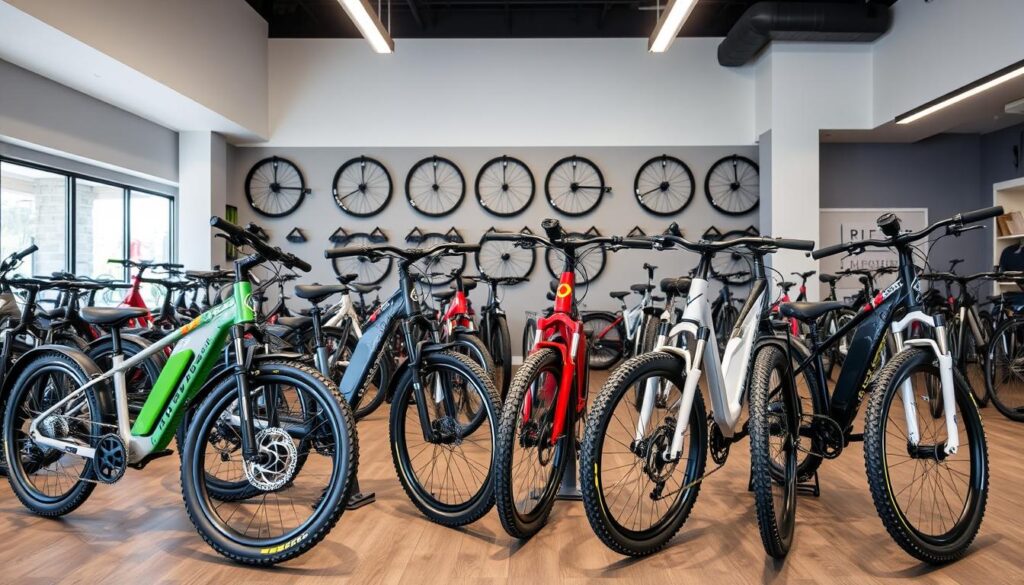
Premium Electric Bike Brands
These established manufacturers are known for high-quality components, cutting-edge technology, and excellent warranty support:
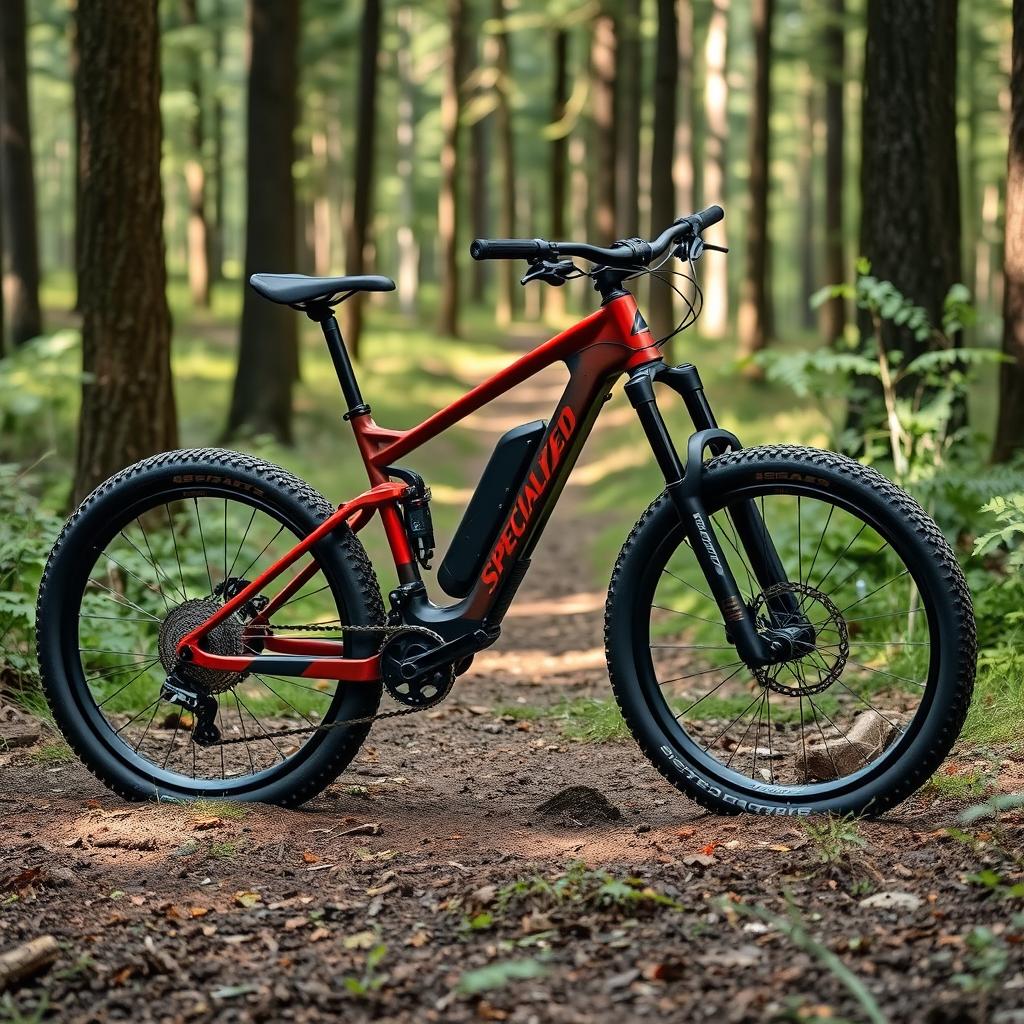
Specialized
Known for performance-oriented e-bikes with seamless motor integration and innovative features. Their Turbo line includes road, mountain, and commuter models.
Price Range: $3,000-$15,000
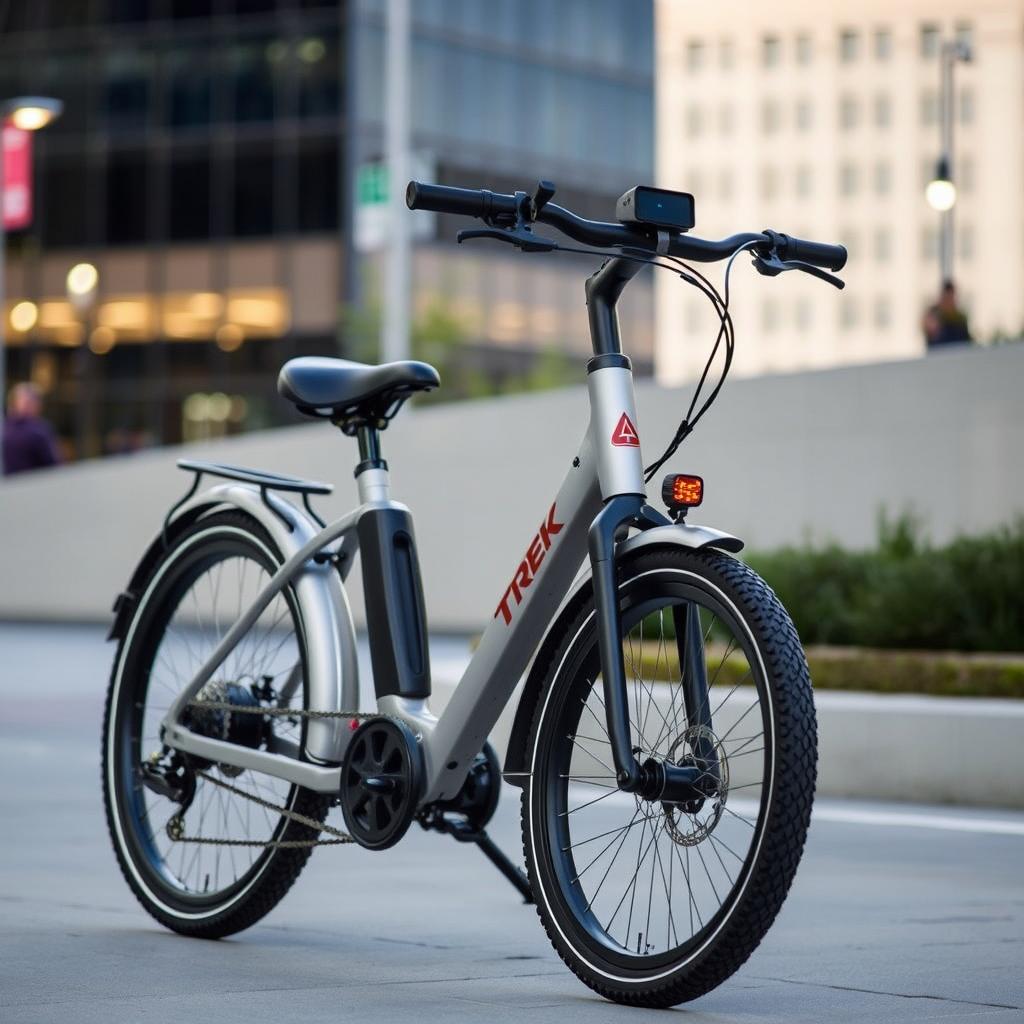
Trek
Offers a wide range of e-bikes from commuters to mountain bikes, all featuring reliable Bosch motors and excellent dealer support nationwide.
Price Range: $2,500-$13,000

Riese & Müller
German-engineered premium e-bikes with exceptional attention to detail. Specializes in touring, cargo, and commuter models with dual-battery options.
Price Range: $5,000-$10,000
Mid-Range Electric Bike Brands
These brands offer excellent value with quality components and reliable performance:
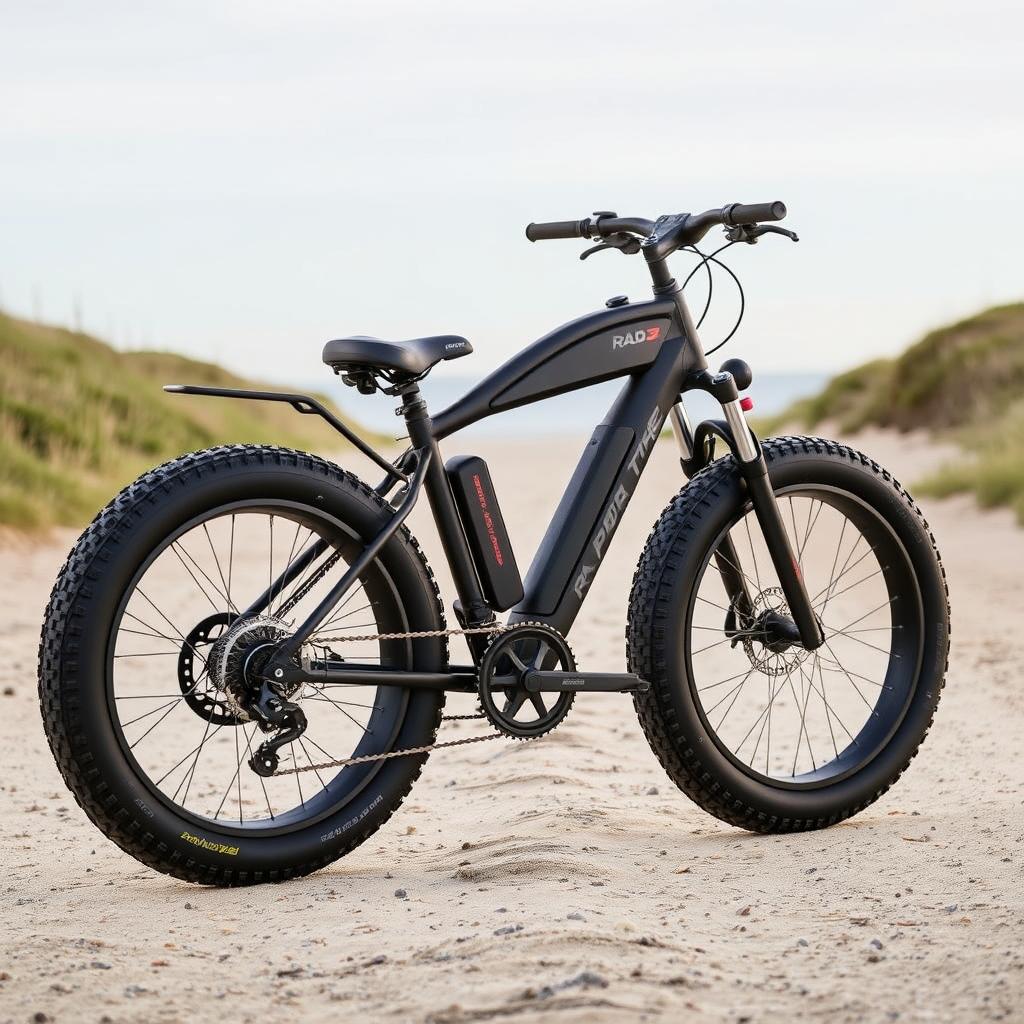
Rad Power Bikes
Direct-to-consumer brand offering practical, feature-rich e-bikes at competitive prices. Known for excellent customer service and a wide range of models.
Price Range: $1,299-$1,999
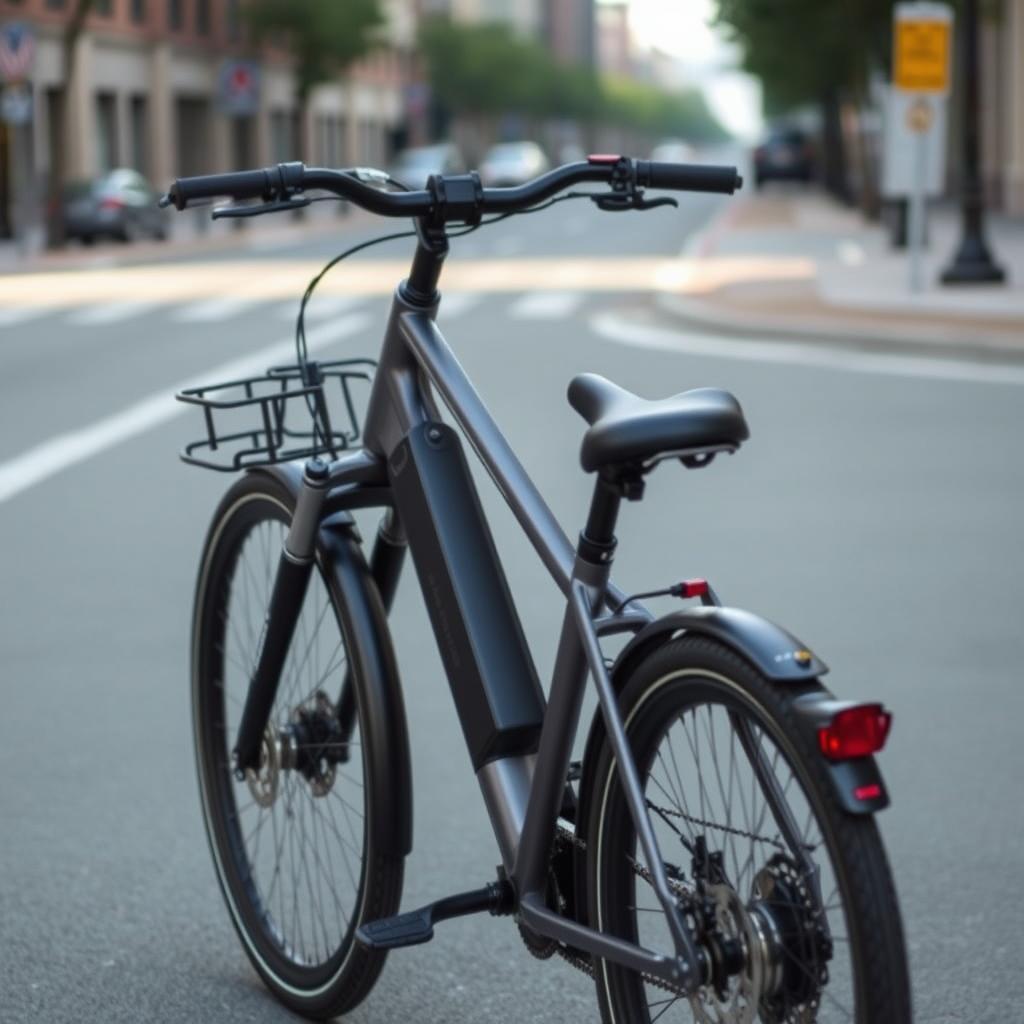
Aventon
Stylish, well-built e-bikes with integrated batteries and displays. Offers excellent value with components typically found on more expensive models.
Price Range: $1,399-$2,199
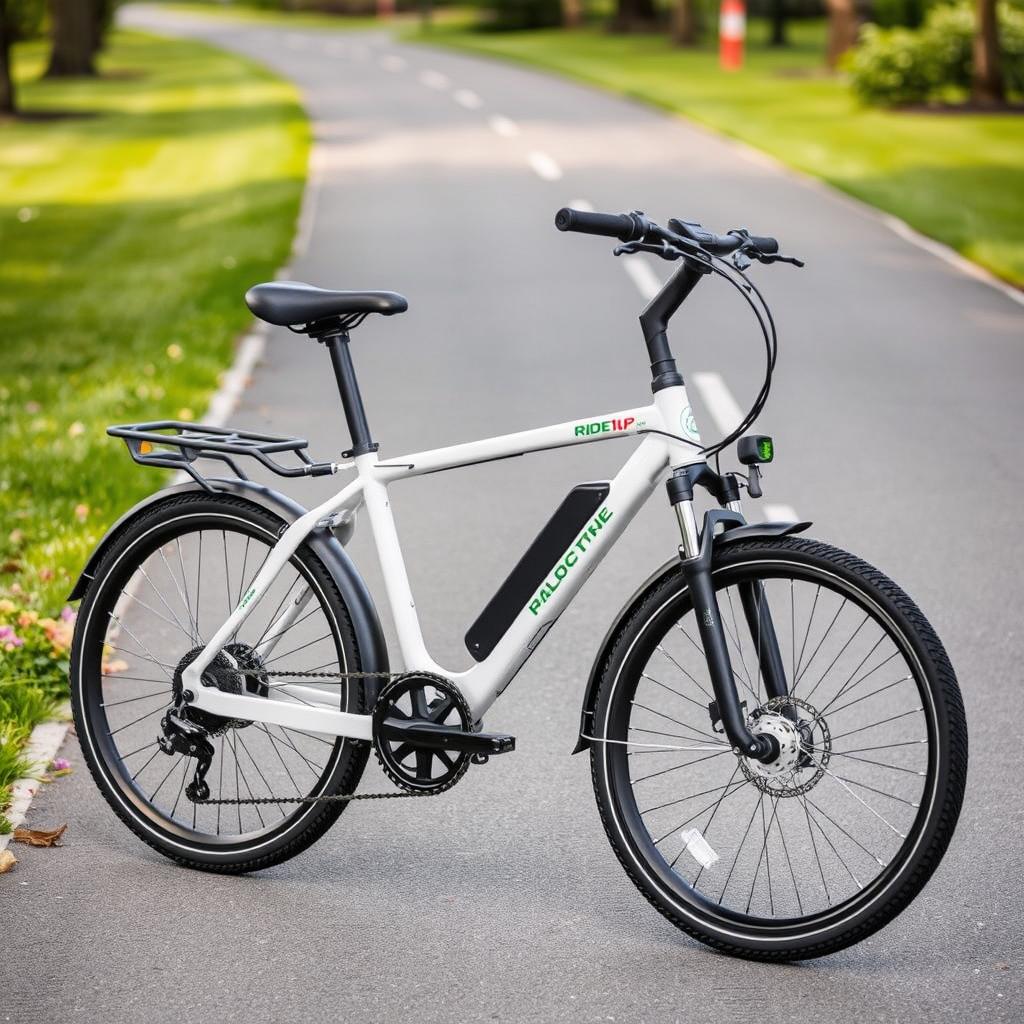
Ride1Up
Online-direct brand focused on performance and value. Their models offer impressive speed and range specifications at competitive price points.
Price Range: $1,095-$2,395
Budget-Friendly Electric Bike Brands
These brands make e-bikes accessible without breaking the bank:
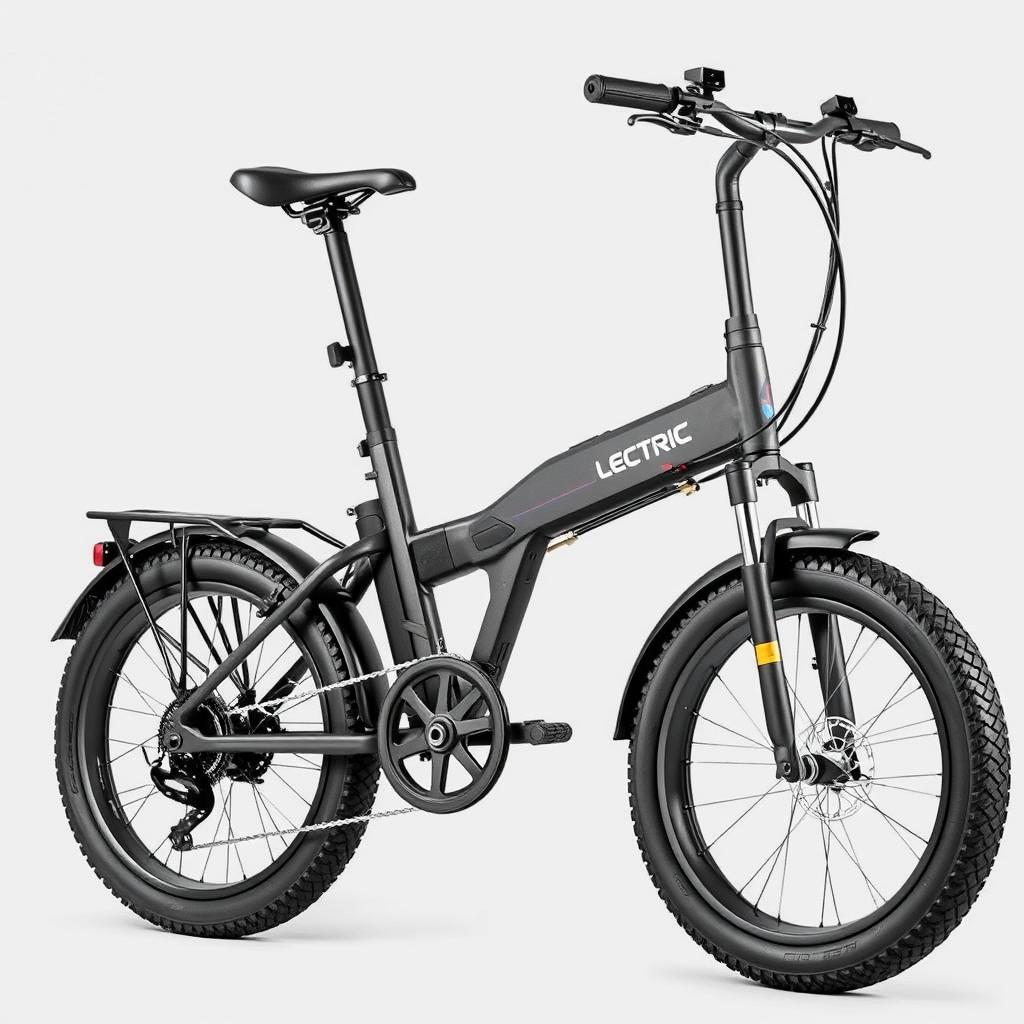
Lectric eBikes
Specializes in affordable folding e-bikes with fat tires. Their XP models offer impressive features and performance at entry-level prices.
Price Range: $799-$1,299
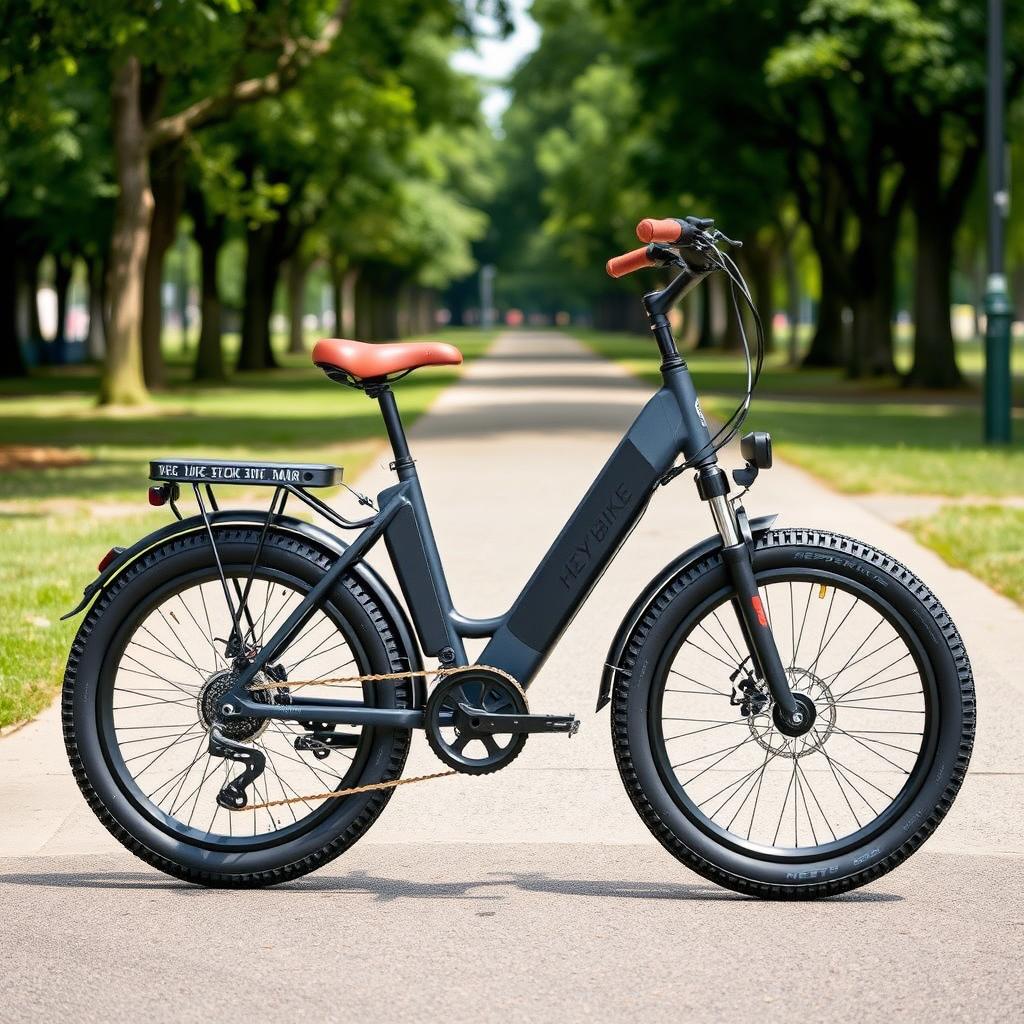
Heybike
Budget-friendly e-bikes with fat tires and foldable designs. Popular for recreational riders looking for their first electric bike experience.
Price Range: $699-$1,199
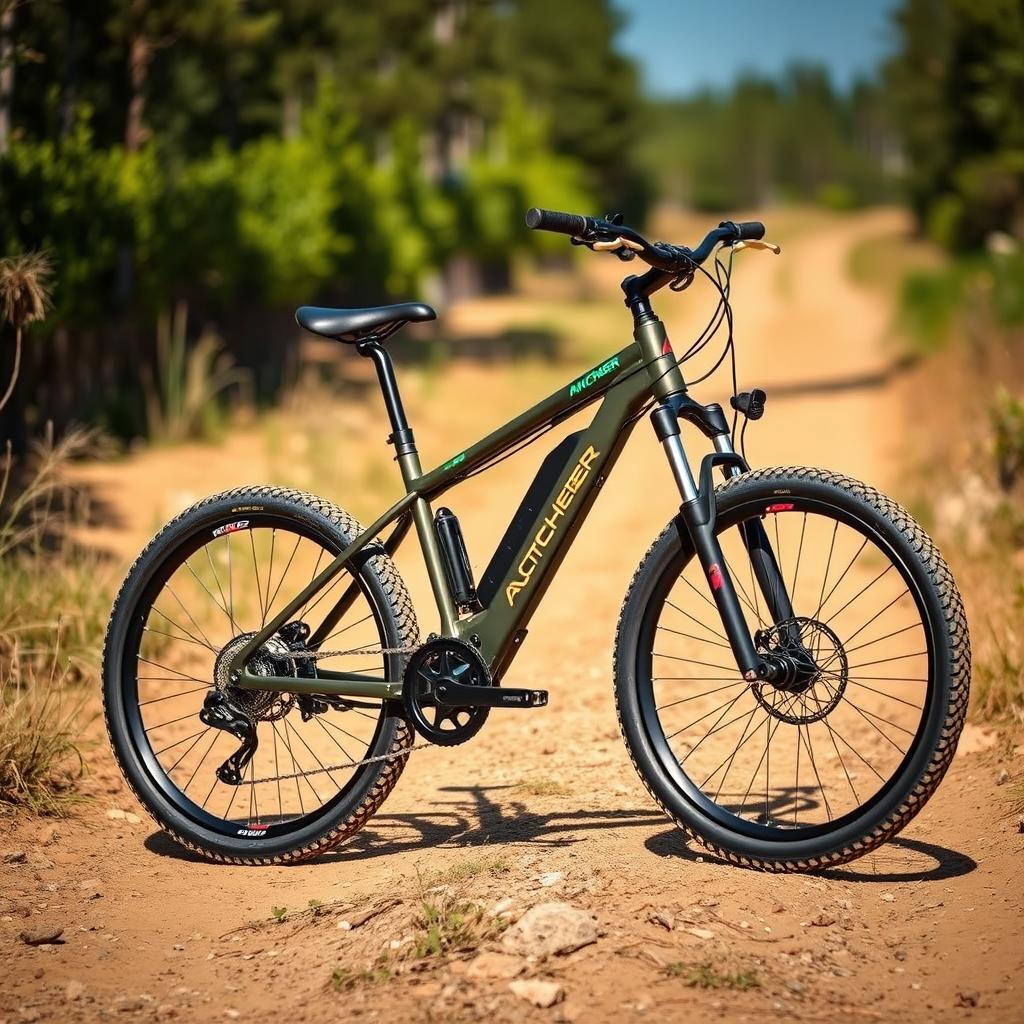
Ancheer
Entry-level e-bikes available through online marketplaces. Offers basic functionality at the lowest price points, though with limited support and warranty.
Price Range: $569-$899
Specialty Electric Bike Brands
These brands focus on specific niches within the e-bike market:
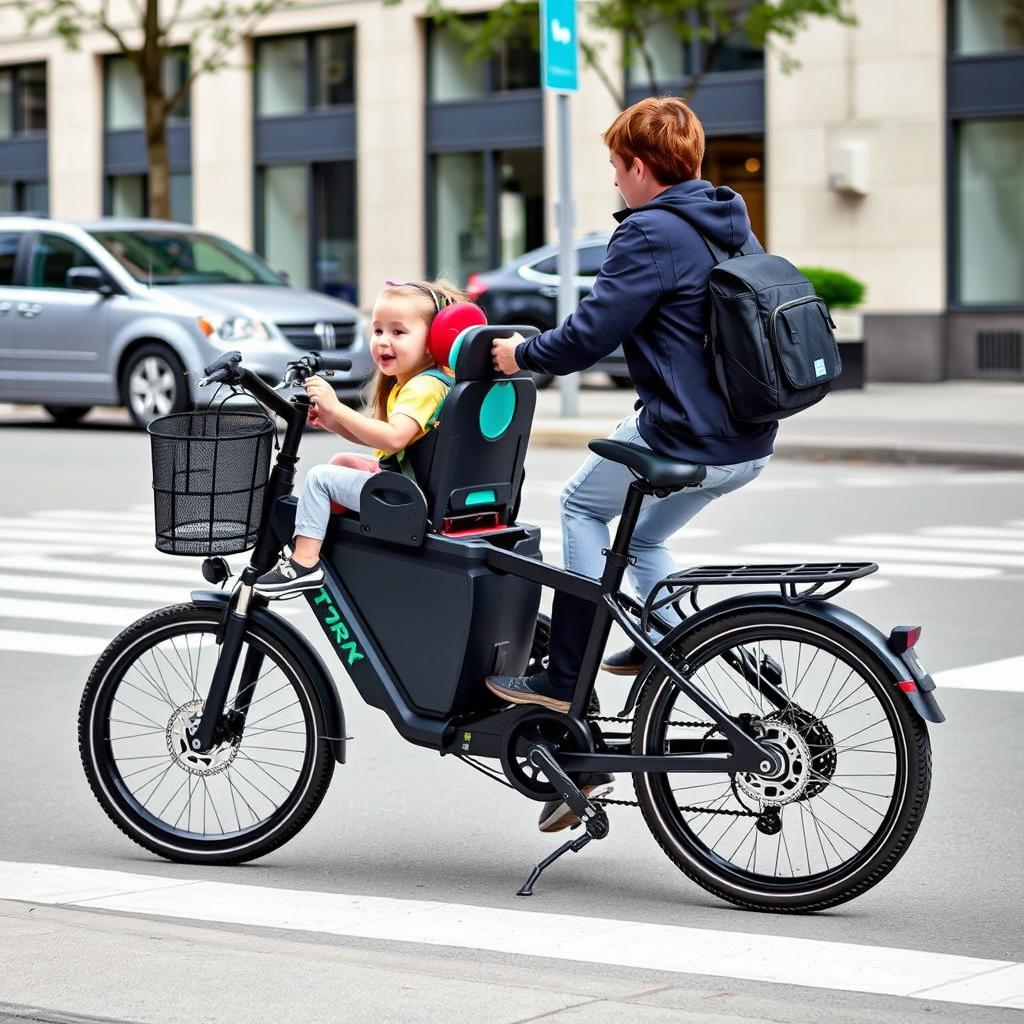
Tern
Specializes in compact cargo e-bikes that can carry heavy loads while maintaining a manageable footprint. Popular for family transportation.
Specialty: Cargo
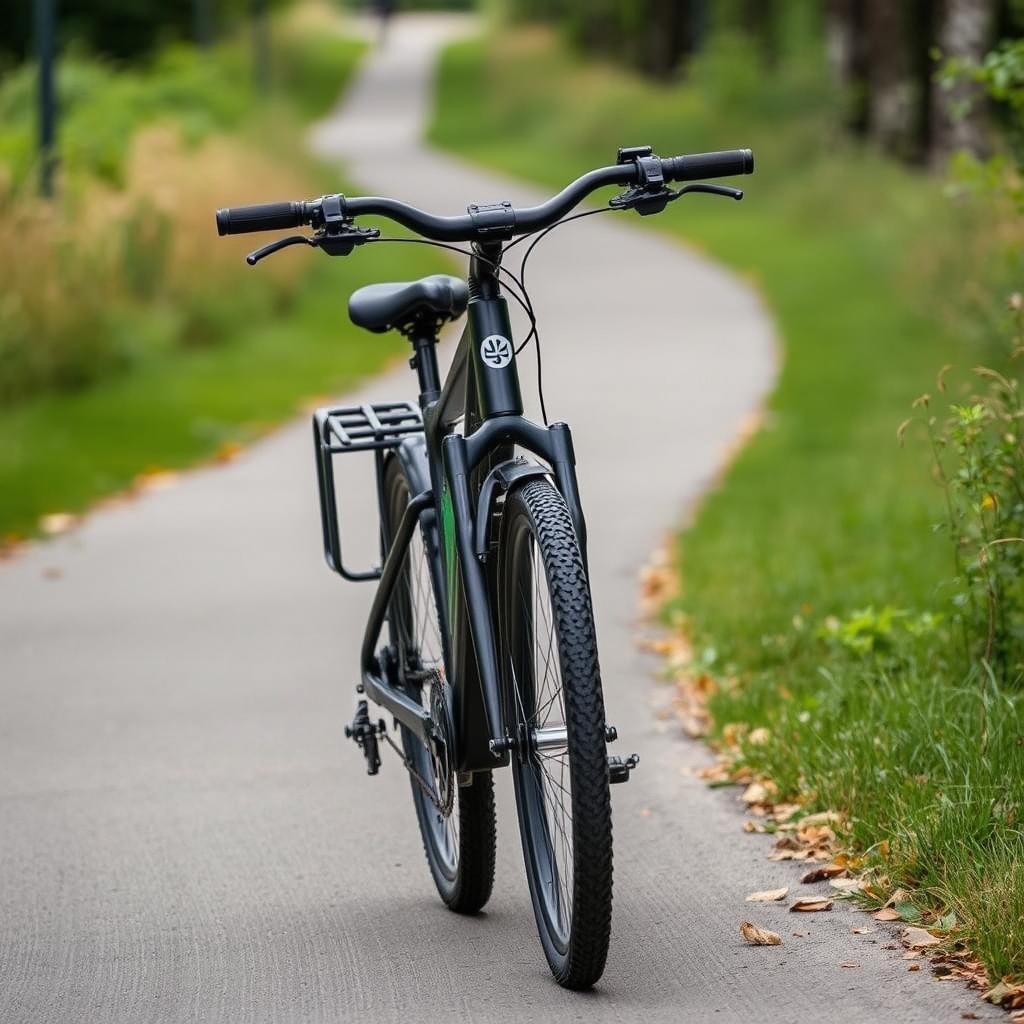
Stromer
Swiss-made speed pedelecs designed for long-distance commuting at speeds up to 28 mph. Features sophisticated electronics and connectivity.
Specialty: Speed
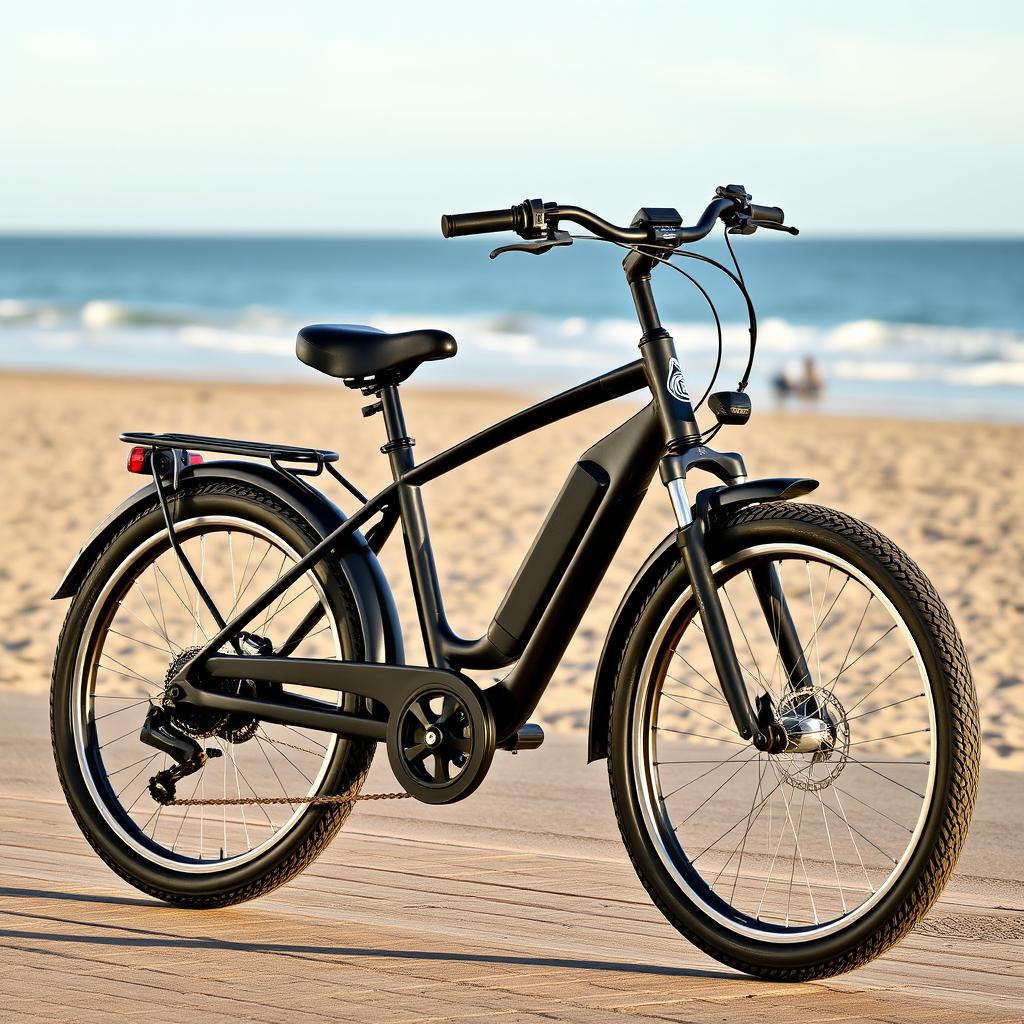
Pedego
Focuses on comfortable cruiser-style e-bikes with a nationwide dealer network. Known for excellent customer service and community-building events.
Specialty: Comfort
What About Direct-from-China Brands?
You’ll find many budget e-bikes on Amazon and other marketplaces from brands you may not recognize. While these can offer impressive specifications on paper at low prices, be cautious about:
- Limited or non-existent warranty support
- Difficulty obtaining replacement parts
- Potential safety concerns with batteries and electrical systems
- Exaggerated performance claims
We recommend purchasing from established brands with proven track records and local support whenever possible.
Explore our curated selection of top e-bike brands!
At Tampa Bay E-Bikes, we carefully select brands that offer the best combination of quality, value, and after-sale support. Come test ride models from Specialized, Trek, Aventon, and more!
Electric Bike Tax Credits and Subsidies: Save on Your Purchase
Did you know you might be eligible for financial incentives when purchasing an electric bike? Various federal, state, and local programs aim to make e-bikes more affordable as part of clean transportation initiatives.

Federal E-Bike Tax Credit
The E-BIKE Act (Electric Bicycle Incentive Kickstart for the Environment) has been proposed at the federal level but has not yet been passed into law as of 2023. If passed, it would provide:
- A 30% tax credit for new e-bike purchases
- Maximum credit of $1,500 per individual
- Applies to e-bikes under $8,000
- Credit would phase out for higher income levels
While this federal legislation is still pending, many states and cities have implemented their own incentive programs.
State and Local E-Bike Incentives
Several states and cities offer rebates or incentives for e-bike purchases. Here are some notable programs:
| Location | Program | Incentive Amount | Eligibility Requirements |
| California | Clean Air Rebate | Up to $750 | Income-qualified residents in participating air districts |
| Colorado | Can Do Colorado | Up to $1,100 | Income-qualified residents statewide |
| Vermont | MileageSmart | Up to $500 | Income-qualified residents |
| Denver, CO | Denver Climate Action Rebates | $400-$1,200 | All residents, with higher amounts for lower incomes |
| Austin, TX | Austin Energy Rebate | $300 | Austin Energy customers |
Important Note About Incentive Programs
E-bike incentive programs frequently change, with new ones being added and existing ones modified or discontinued. Always check with your local transportation department or energy office for the most current information about available programs in your area.
How to Apply for E-Bike Subsidies
The application process varies by program, but generally follows these steps:
- Research available programs in your area through local government websites or transportation departments.
- Verify your eligibility based on income, residence, or other requirements.
- Purchase an eligible e-bike from an authorized retailer (many programs have specific requirements).
- Submit your application with proof of purchase and any required documentation.
- Receive your rebate, typically via check or direct deposit (timeframes vary by program).

Additional Ways to Save on E-Bike Purchases
Employer Benefits
Some employers offer commuter benefits or wellness programs that can help offset the cost of an e-bike. Check with your HR department about available options.
Health Insurance
Select health insurance providers offer wellness incentives that can be applied toward fitness equipment, potentially including e-bikes. Review your benefits package for details.
Financing Options
Many e-bike retailers offer financing plans with low or zero interest, making it easier to spread the cost over time while still enjoying the benefits immediately.
Let us help you navigate available incentives!
Our team stays up-to-date on all available e-bike incentive programs and can help you understand which ones you might qualify for. We’ll even help with the paperwork!
Making Your Electric Bike Decision
As you consider purchasing an electric bike, remember that the “best” e-bike is the one that fits your specific needs, riding style, and budget. Here’s a quick recap of what we’ve covered:
Speed Considerations
Most e-bikes are limited to 20-28 mph depending on their class. Consider your commuting needs and local regulations when choosing between Class 1, 2, or 3 models.
Weight Factors
E-bikes typically weigh 40-70 pounds, with lightweight models starting around 30 pounds. Consider your storage situation and whether you’ll need to carry the bike.
Brand Selection
From premium brands like Specialized and Trek to value-oriented options like Rad Power and Aventon, there’s an e-bike brand for every budget and riding style.
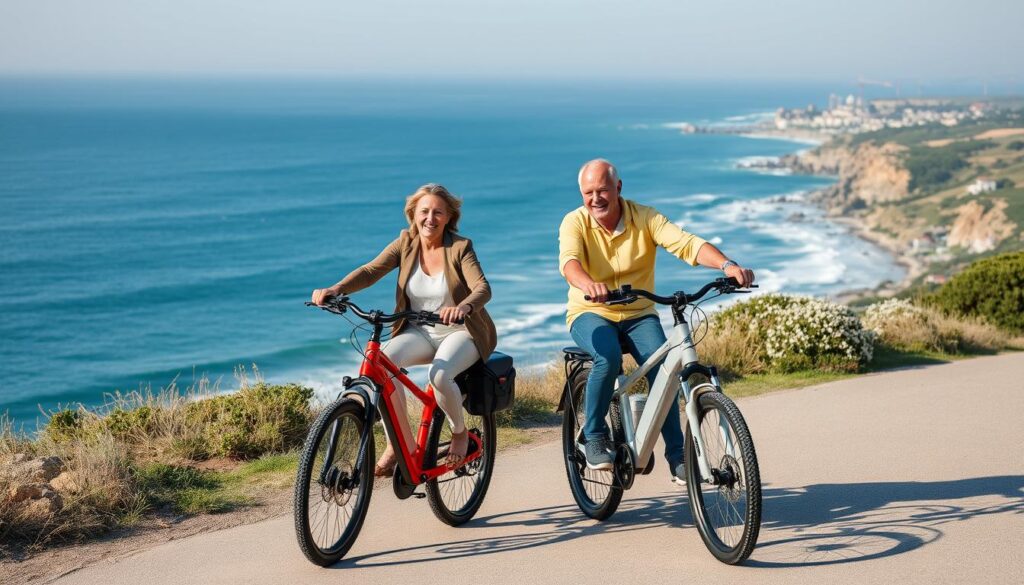
Electric bikes represent more than just a mode of transportation—they’re a gateway to new adventures, easier commutes, and a more sustainable lifestyle. By understanding the key factors we’ve discussed, you’re now better equipped to find the perfect e-bike for your needs.
Ready to find your perfect electric bike?
Visit Tampa Bay E-Bikes for personalized recommendations from our experienced team. We’ll help you navigate all the options and find the electric bike that perfectly matches your lifestyle, needs, and budget!

